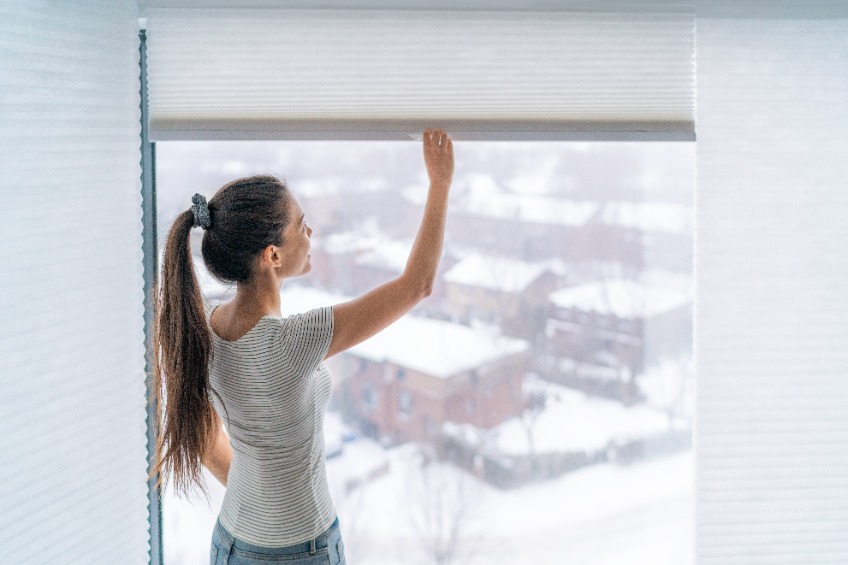It’s winter and when you are planning to put up your dream house or even renovate your home, there are a lot of things to consider. One of these things that we overlooked most of the time is the house window tinting.
When living in a cold climate, choosing the right residential window tinting can make your house more comfortable and save you money on your energy bills every month. In this article, we will be talking about what to look for and how to pick the best cold-weather windows for your home. But first, why do windows matter in cold climates? Well, windows that are not equipped for cold climates cannot properly keep heat in and cold air out. In other words, it means that the HVAC system has to work harder, making it difficult to keep your home at a comfortable temperature. Since the heater has to work harder, your energy bills will be higher than they should be. Energy efficiency is the term when we talk about choosing windows for colder climates because the more energy efficient the windows are, the more comfortable your home will be and the more money you’ll save each month.
How to choose cold weather windows
Windows can be divided into two main parts – the window itself and the frame. Both are important to consider when looking for windows for cold weather climates.
Choosing the window frames for cold climates
Frames are important when it comes to windows. The window frame is often where the most heat escapes and it’s important to make sure they are in good condition and made of the right material. There are three parts of the frame that air usually escapes. They are the sash, the sill, and the perimeter.
The sash is the portion that fits inside the frame and moves up and down (or side to side). There are two sashes on a double-hung window. Most of us are familiar with the window sill, the bottom part of the window and as you may be able to guess, the perimeter runs the entire edge of the window. These are areas where air can seep in or out, so it’s important to ensure your window frame is made of the right material and properly installed. Although no window frame can ever be perfect, there shouldn’t be a noticeable amount of cold air coming in.
For cold climates, choose windows with house window tinting that have wood, vinyl, fiberglass, or composite frames. Wood with vinyl cladding is ideal since it will hold heat best and the vinyl will protect the wood. Vinyl and fiberglass frames on the other hand are also great, although fiberglass can be more expensive than vinyl and wood. Whichever you choose, remember that skip the aluminum window frames since aluminum doesn’t hold heat very well and it’s the worst choice for cold climates.
Choosing glass for cold weather windows
When it comes to the window itself, avoid single-pane windows as these don’t hold in heat well enough for cold climates. You can also check residential window tinting to add protection to your windows. For cold climates, it is better to opt for double or triple-pane windows. Double and triple-pane windows can be insulated with argon or krypton, both of which are dense gasses, making them better insulators than air. It is an odorless, nonreactive gas that is extremely high density and has low thermal conductivity. All of this results in superior insulation for year-round comfort.


 A Division of Jackie Cooper Tint & Electronics
A Division of Jackie Cooper Tint & Electronics